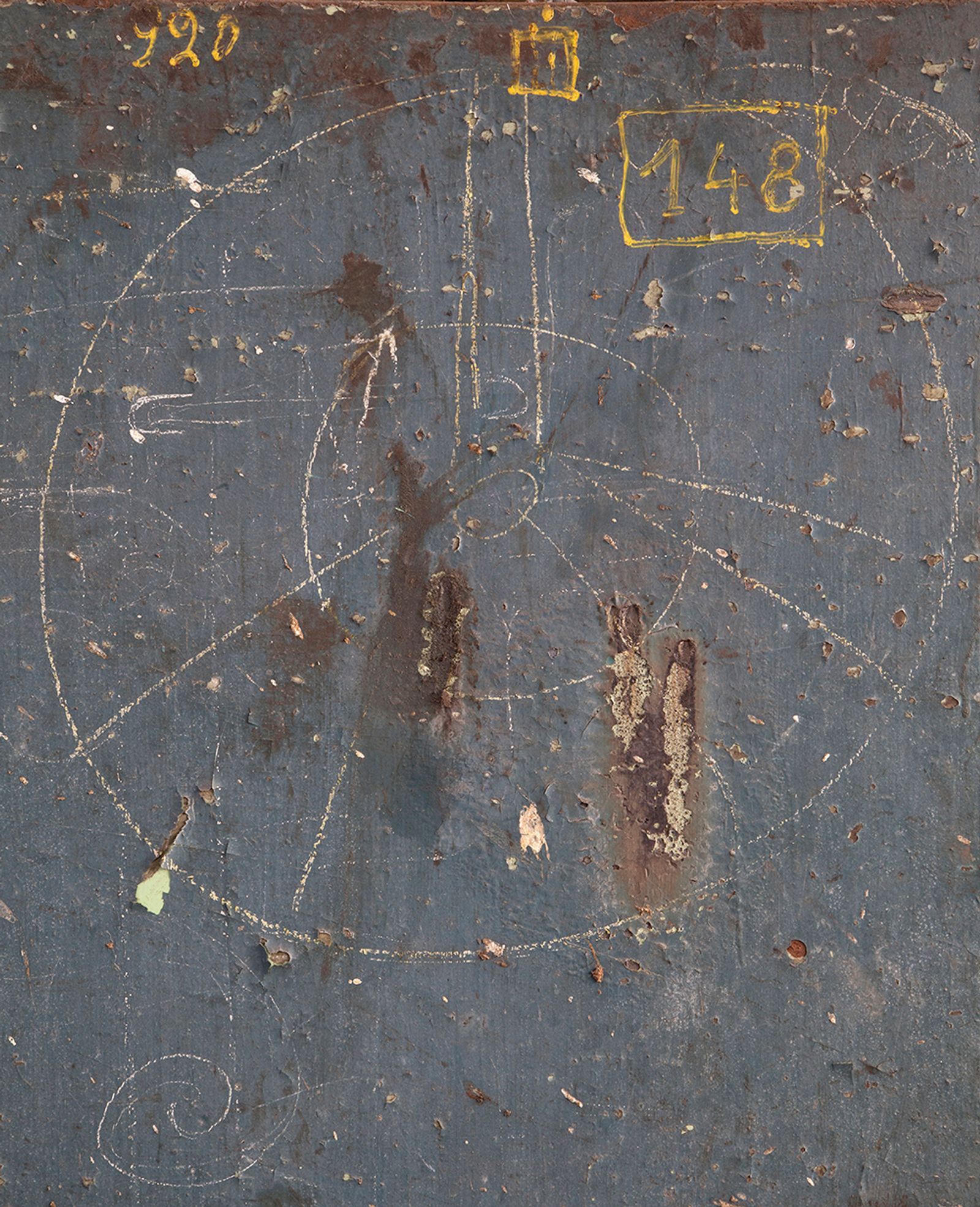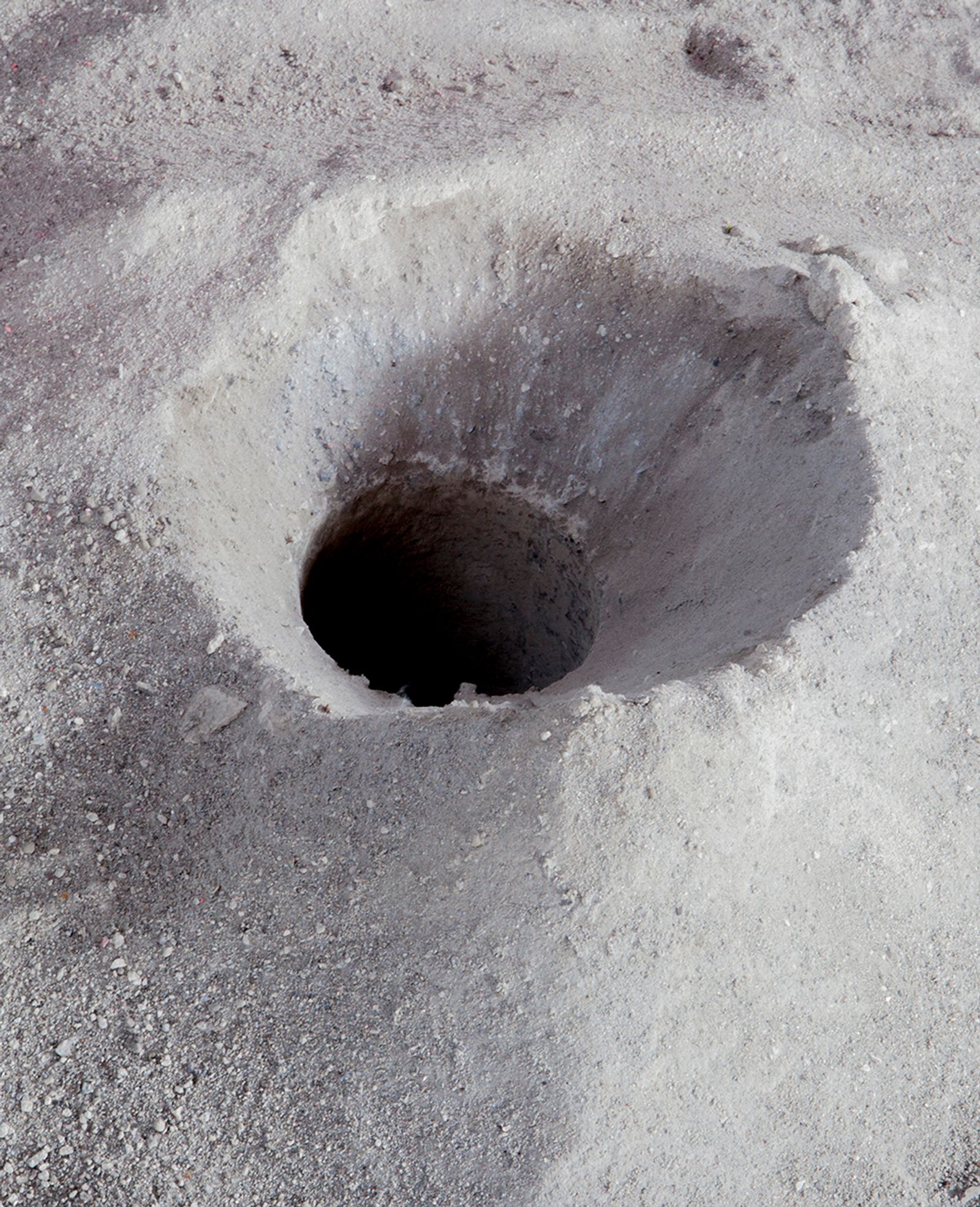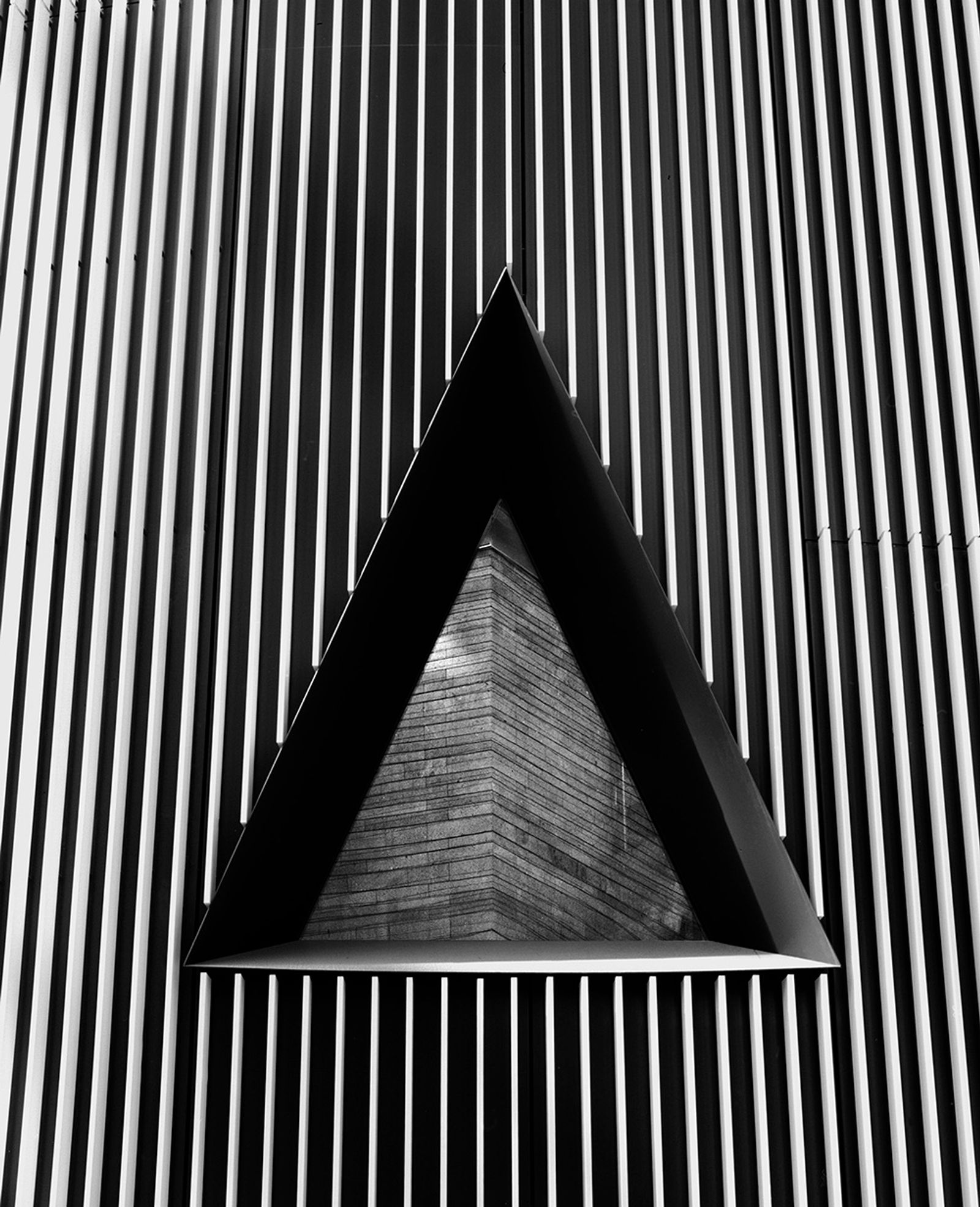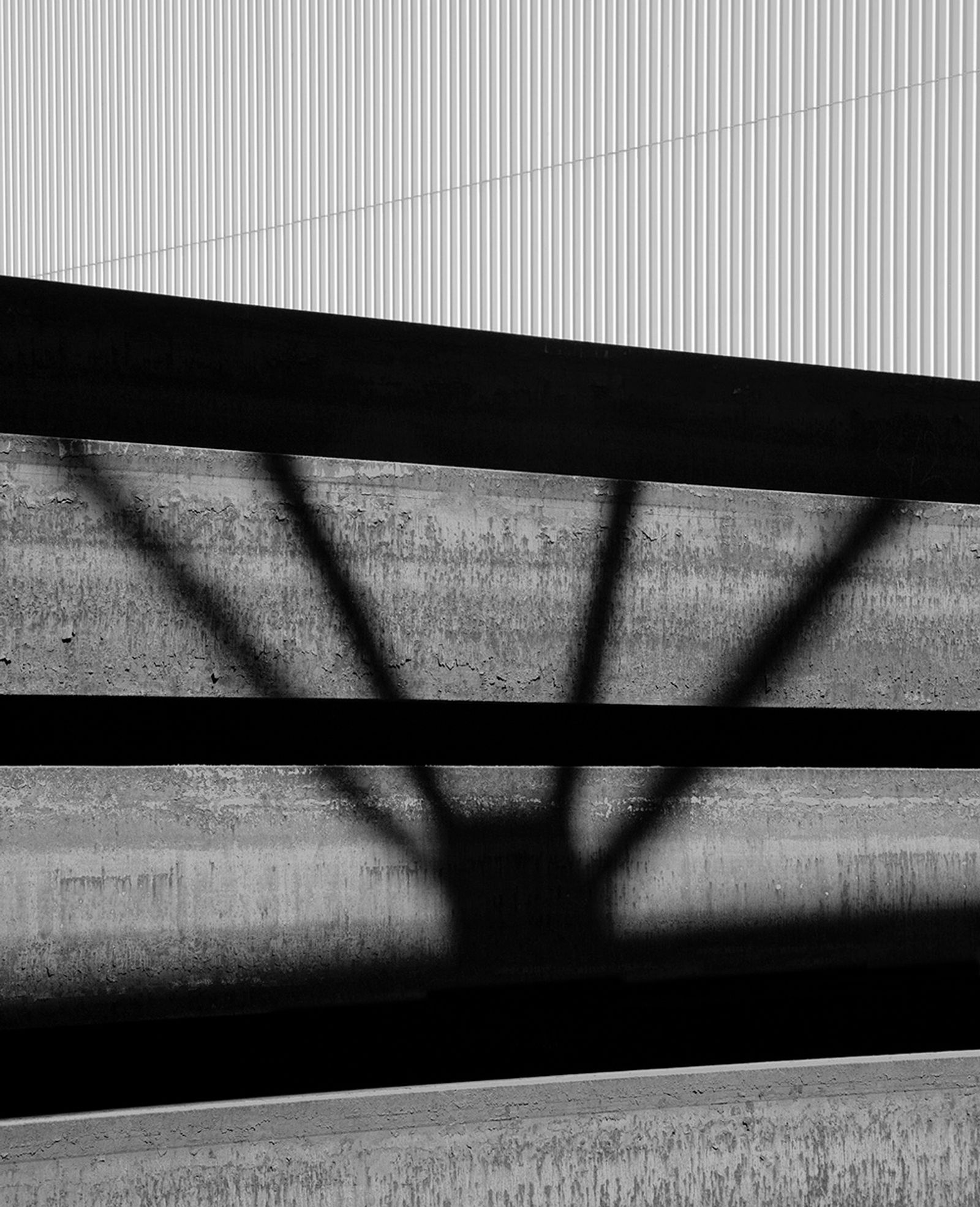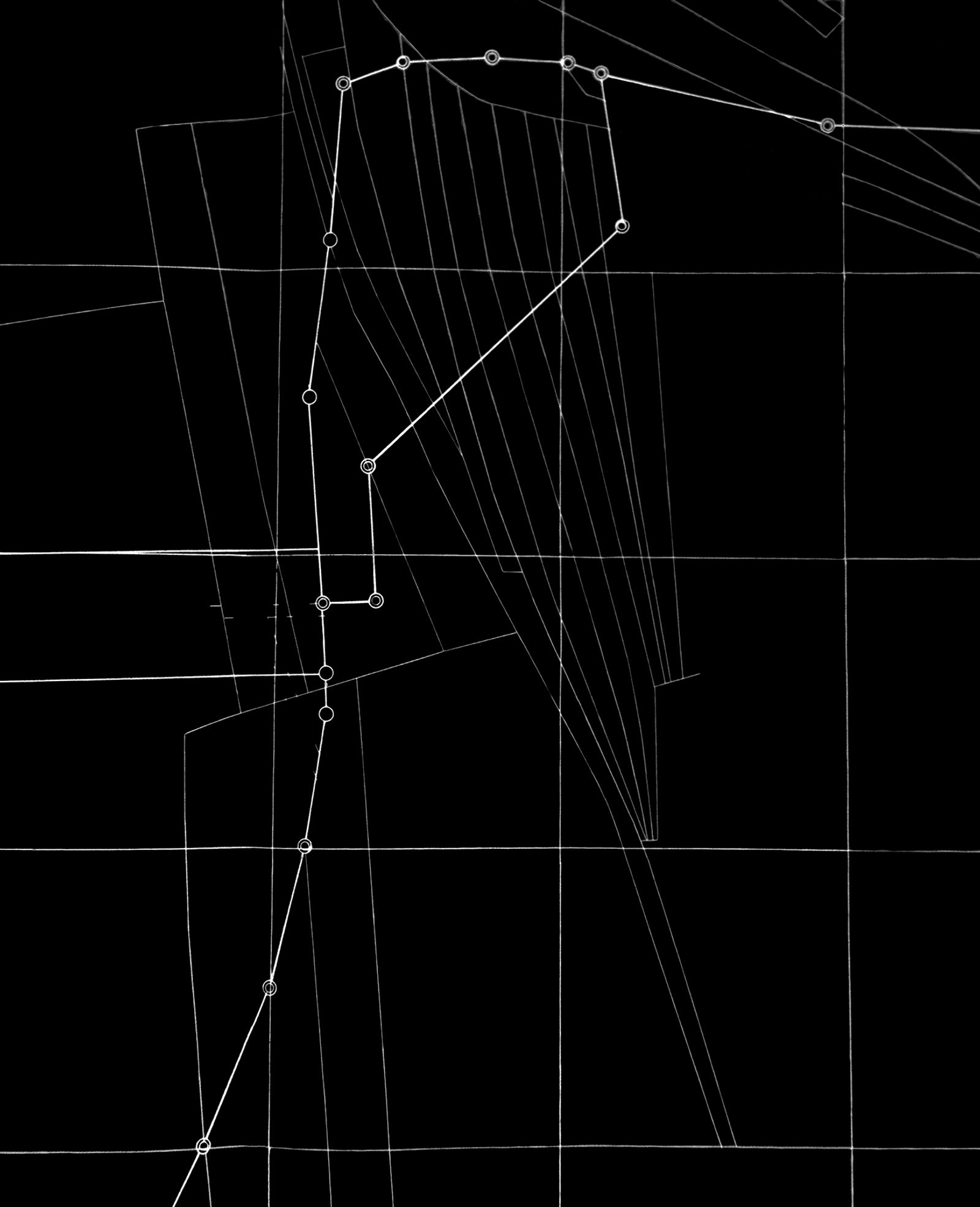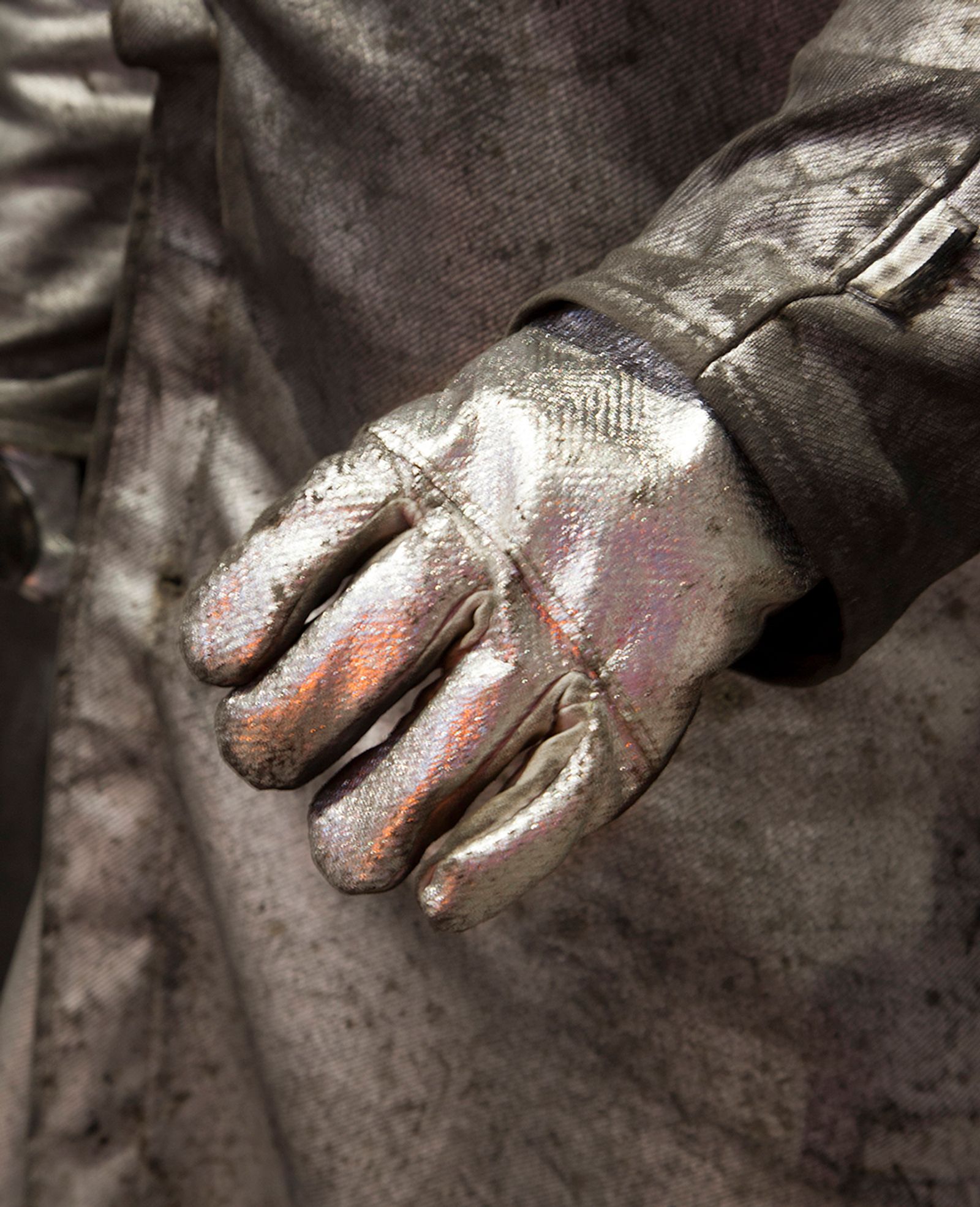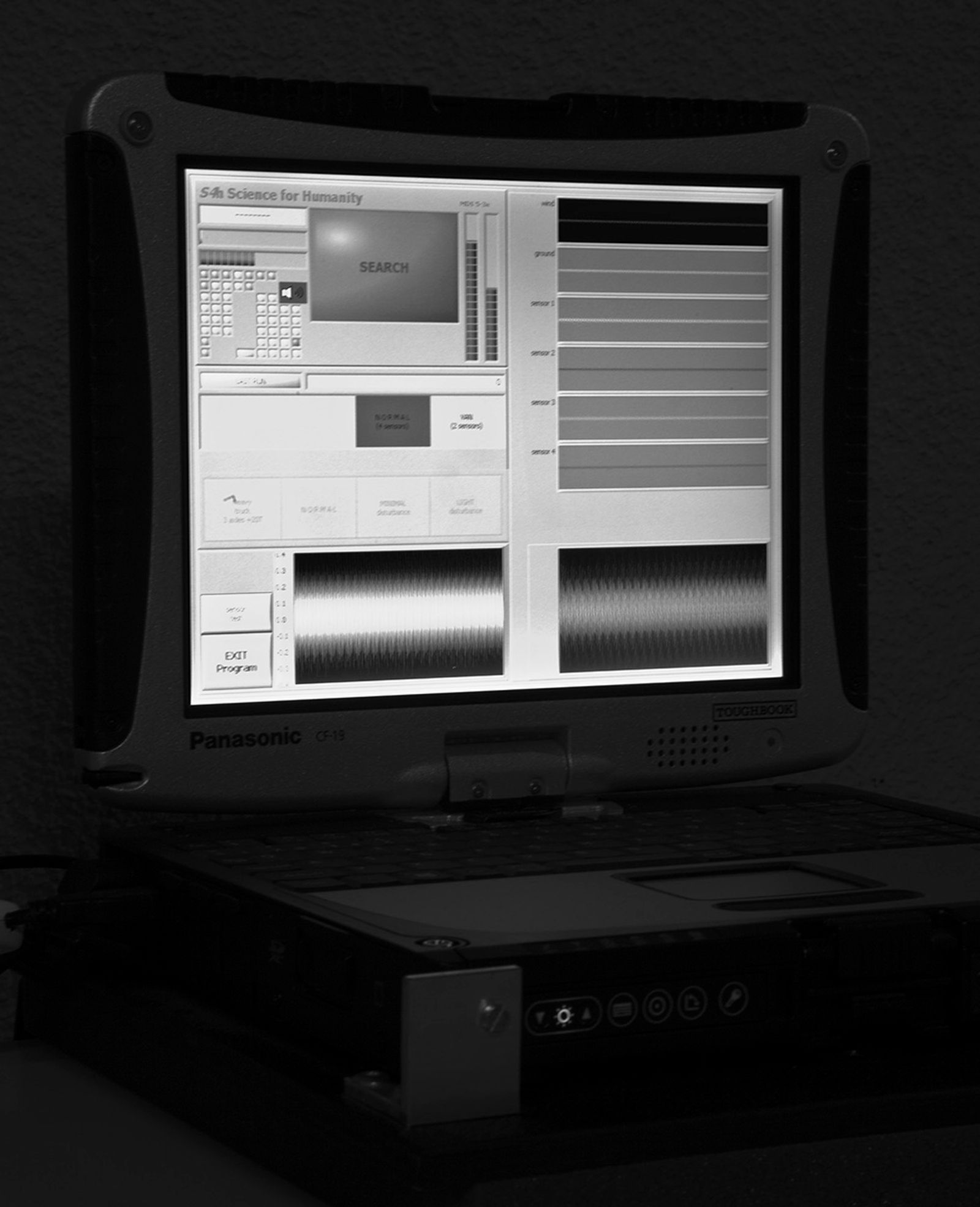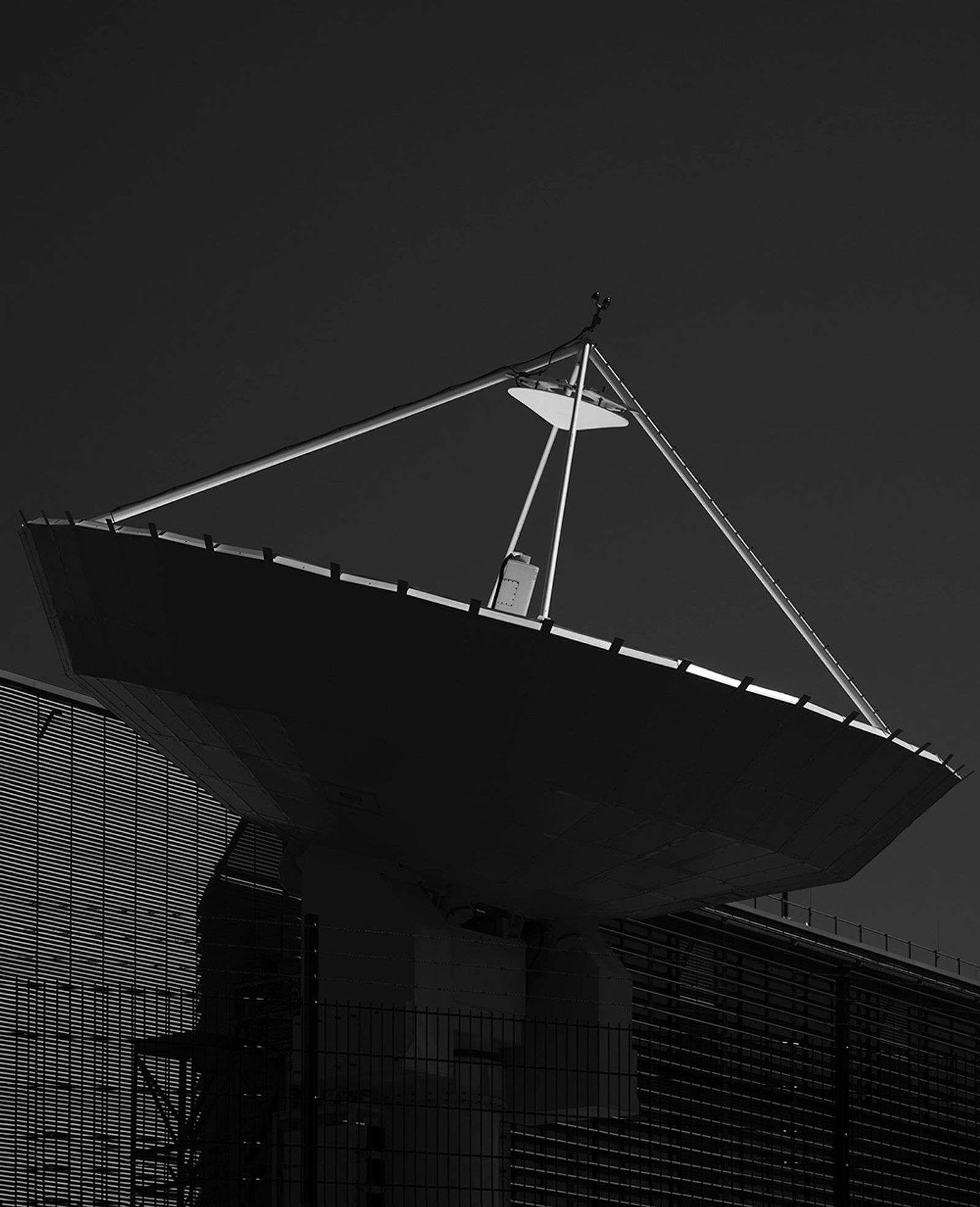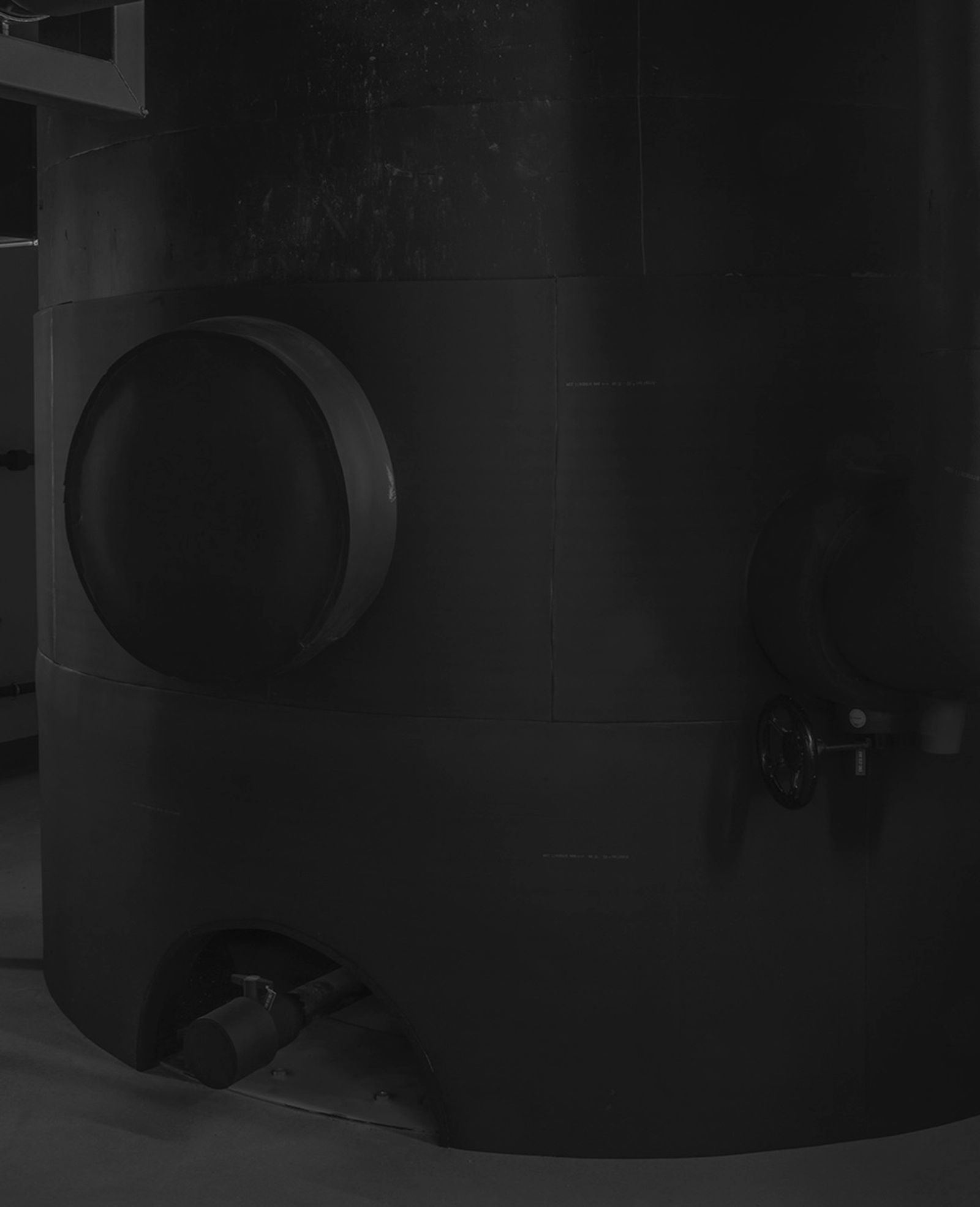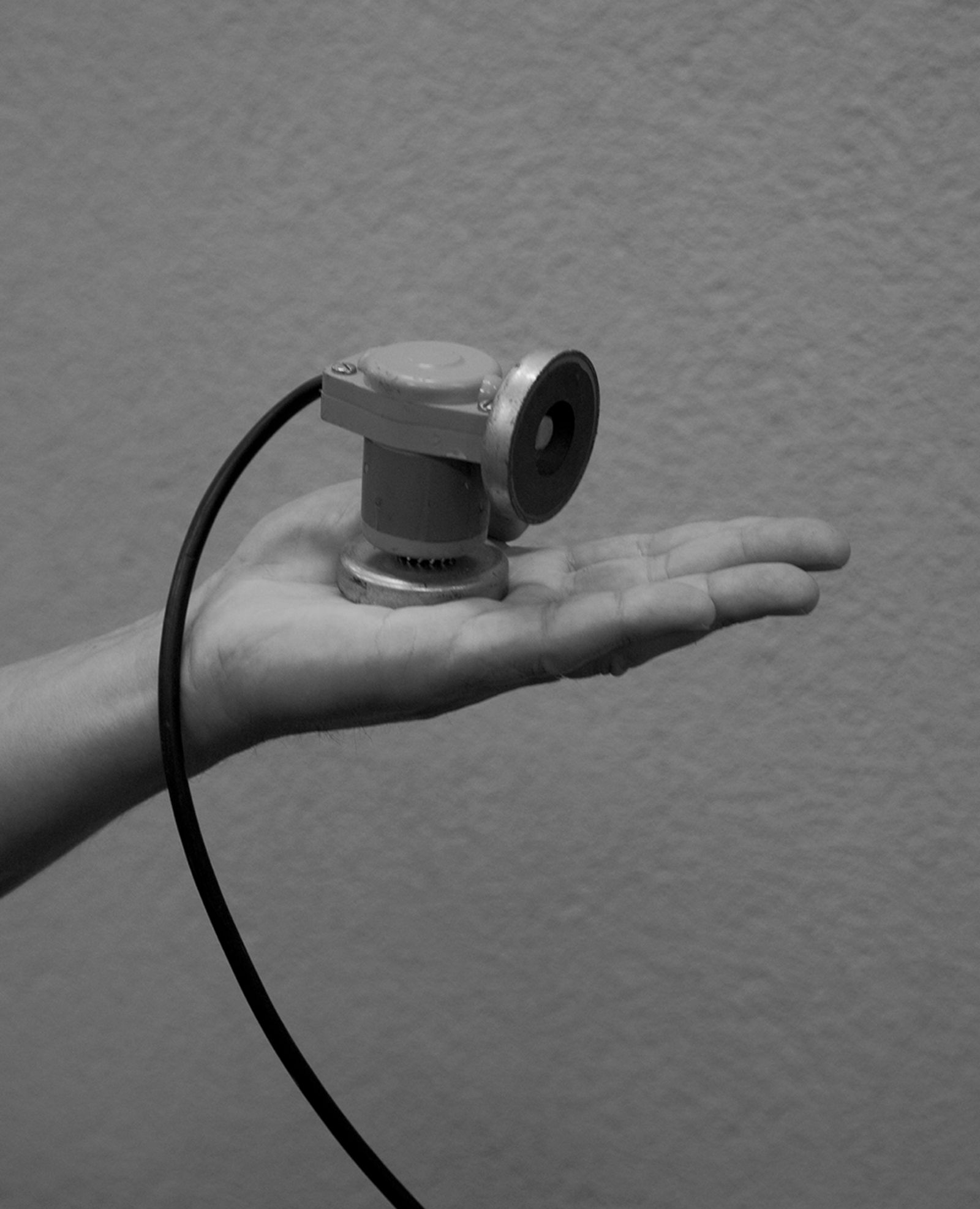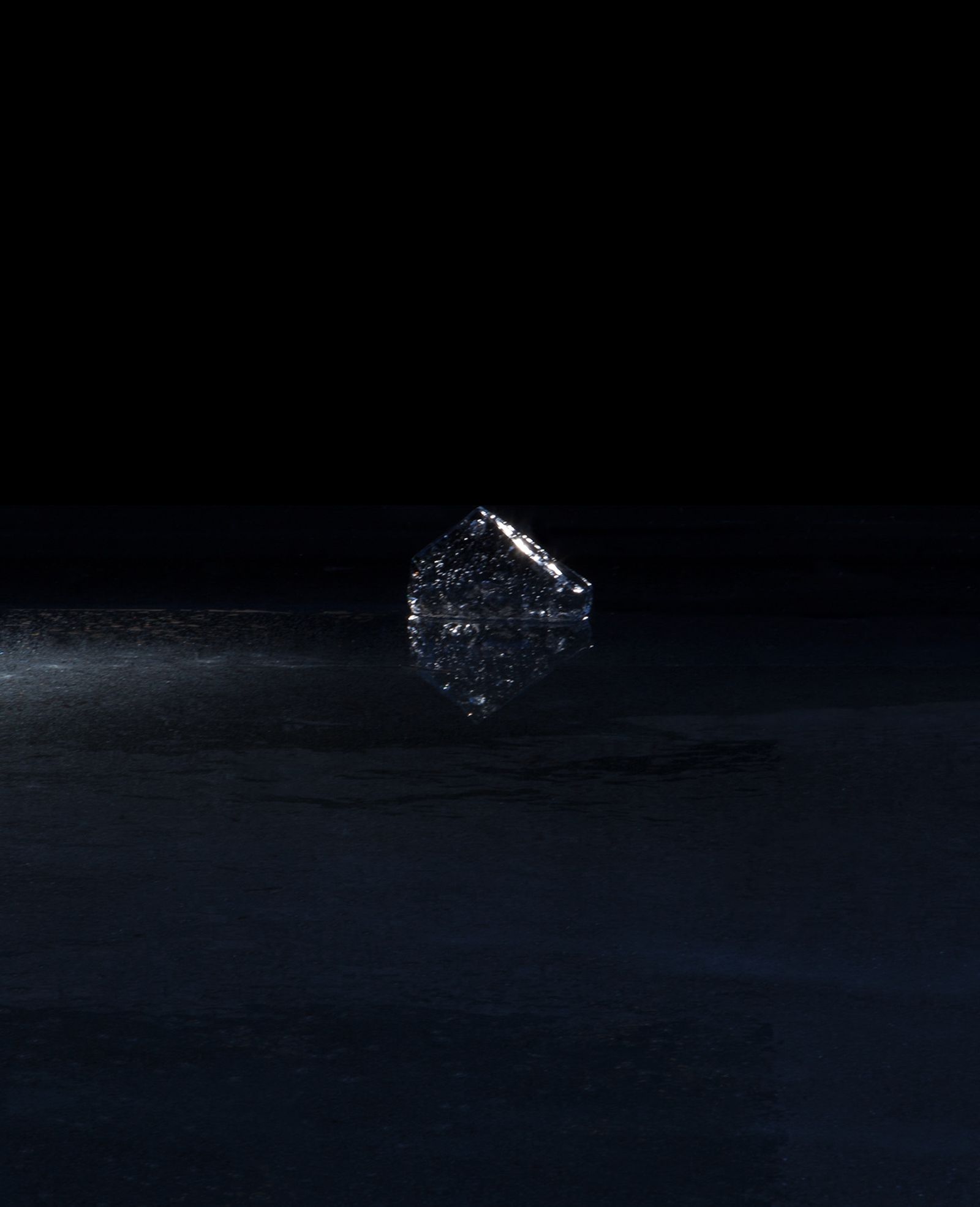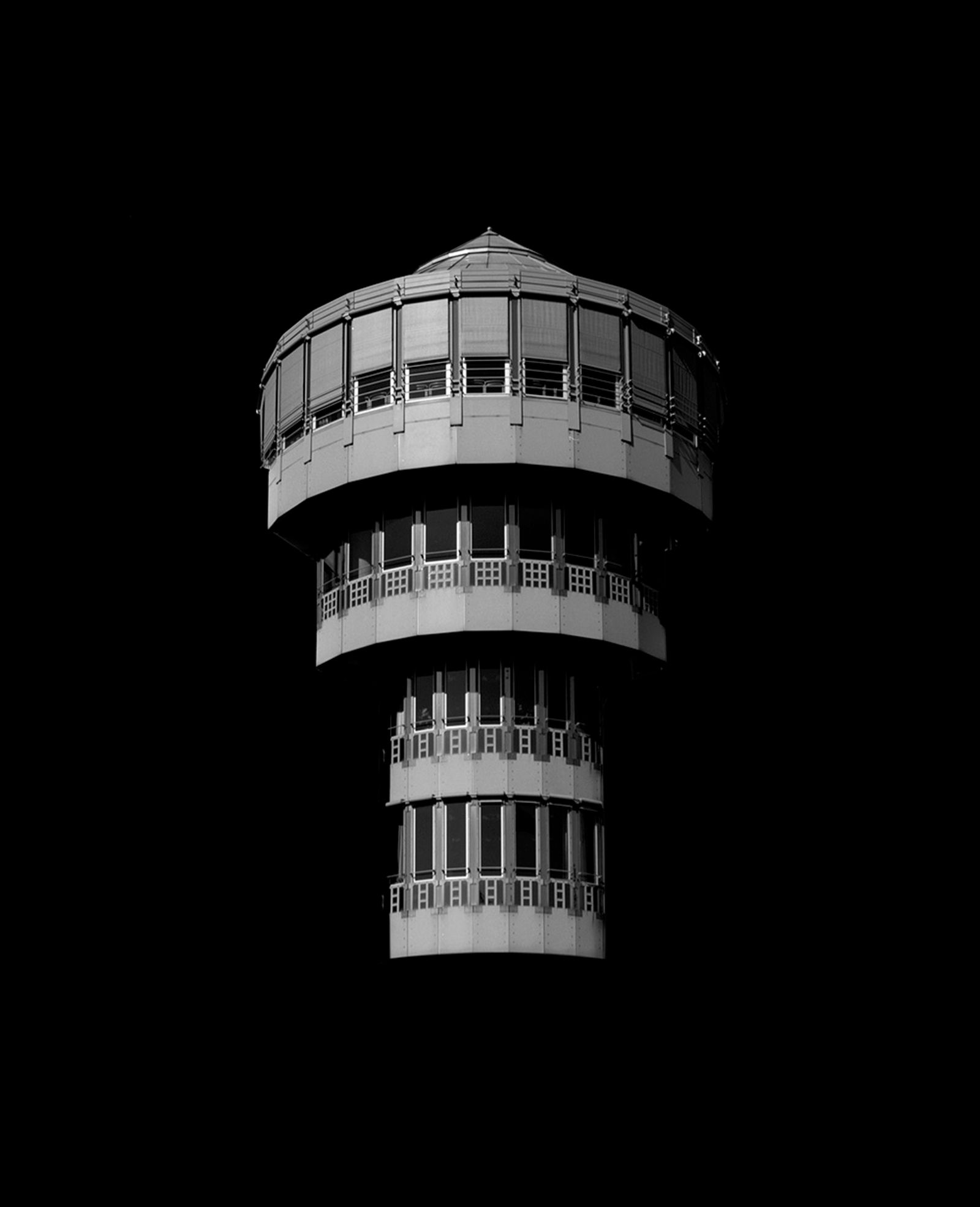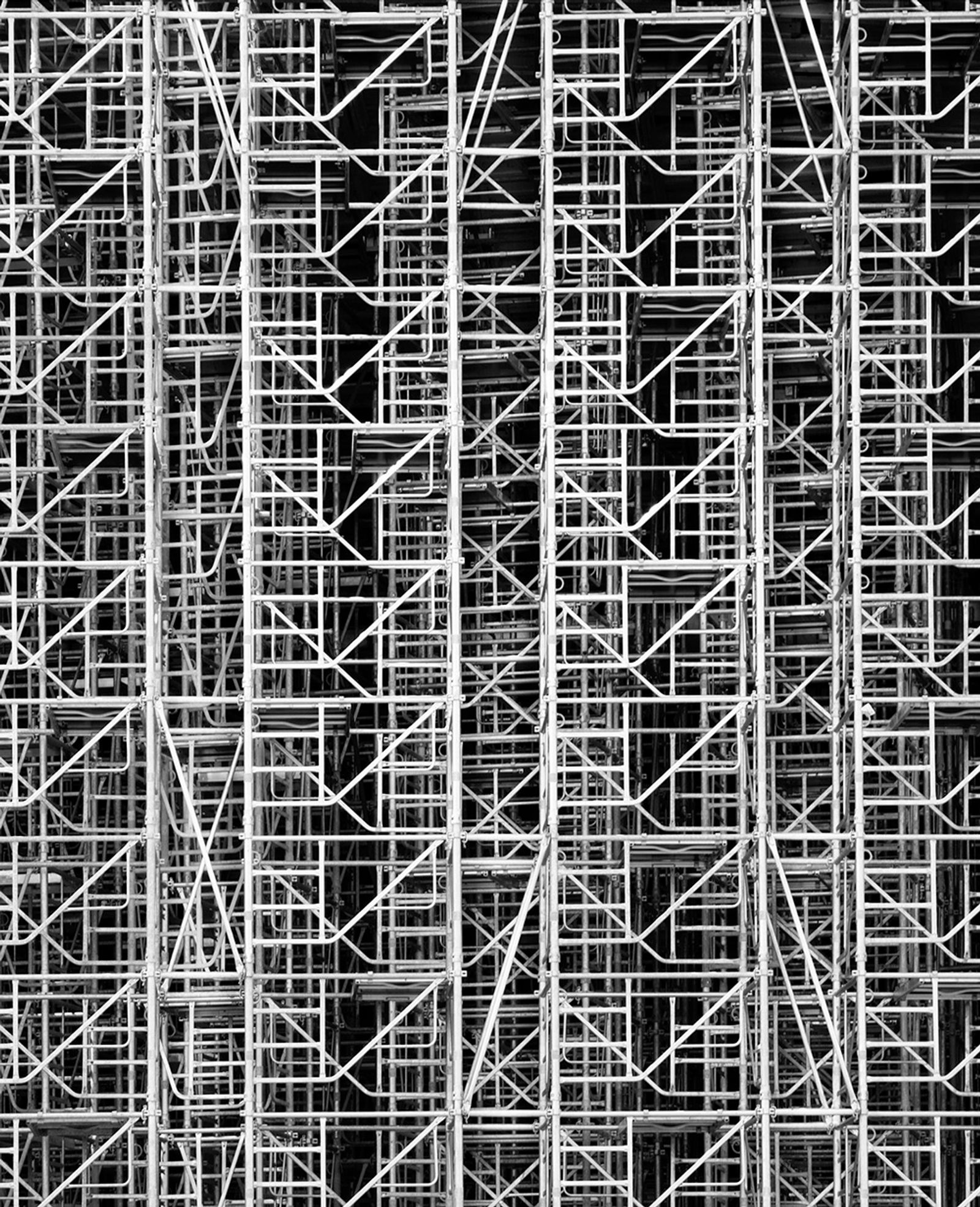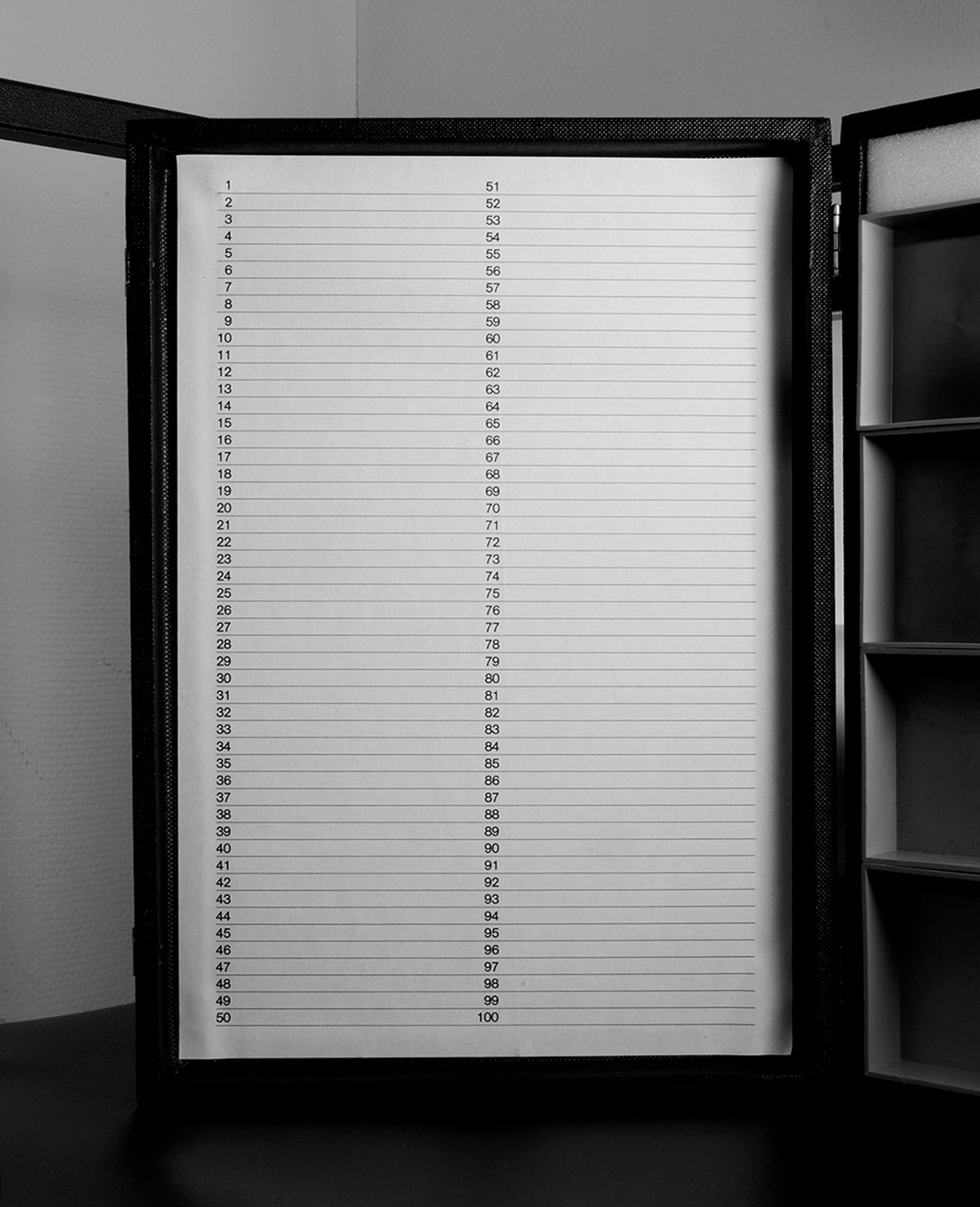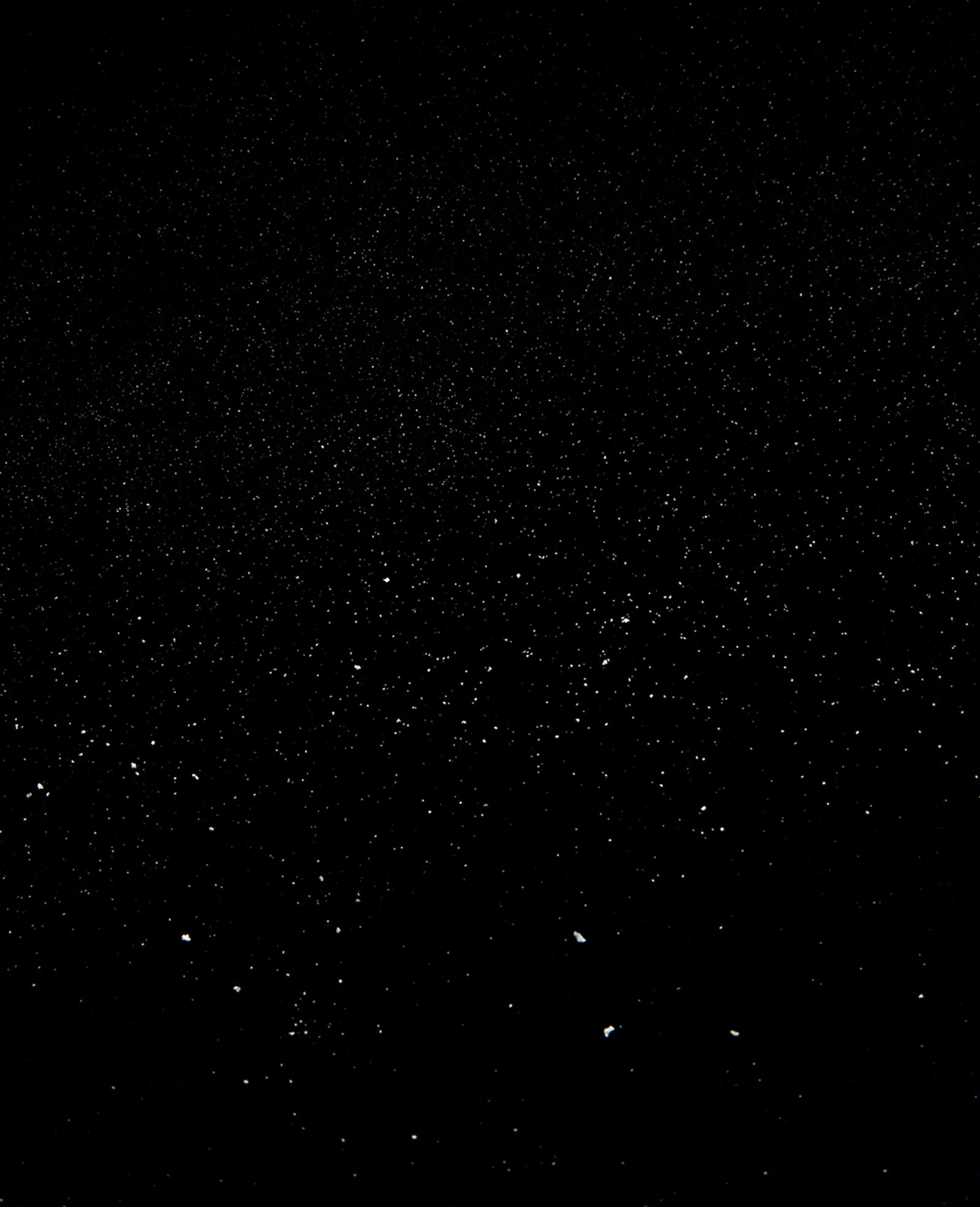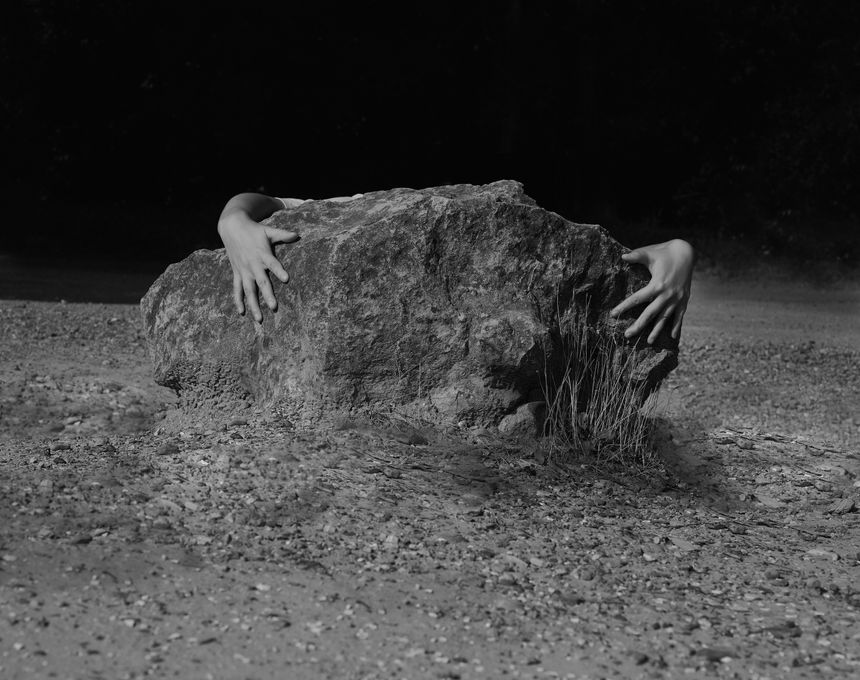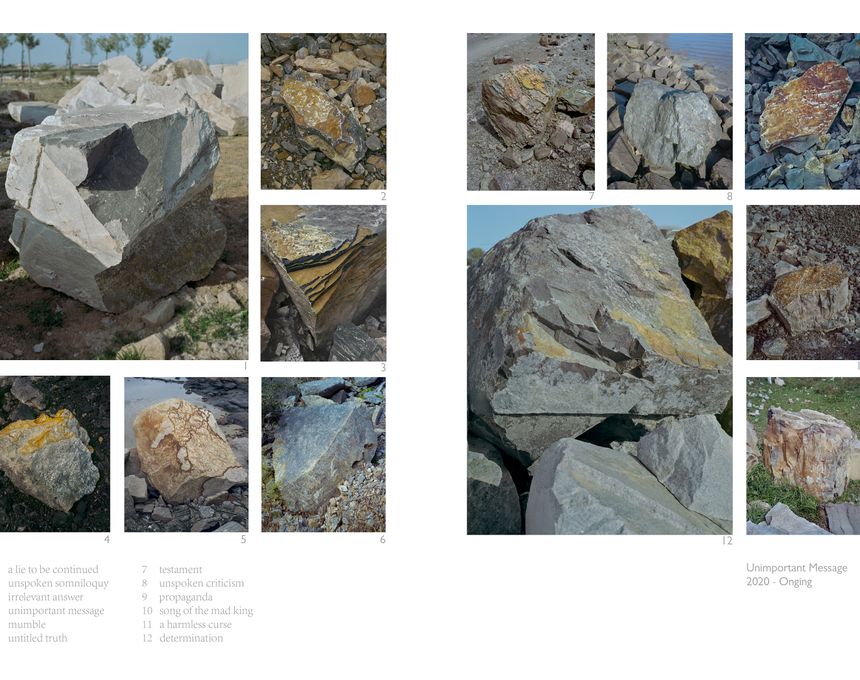NEOs
-
Dates2017 - Ongoing
-
Author
- Topics Social Issues, Contemporary Issues, Documentary
- Location Luxembourg, Luxembourg
By reconstructing the economical history of Luxembourg and reflecting on the process of dematerialization of wealth in this country, NEOs aims to be an visual journey in the Grand Duchy’s SpaceResources program: the exploitation of mining resources coming from asteroids and objects near the Earth.
For centuries, Luxembourg used to be a very poor country, despite hosting in subsoil part of world’s biggest iron reserve. The iron’s quality was poor, due to phosphorus content that prevented it from any use. Only in 1877, Sidney Thomas patented a method to separate iron from phosphorus. Luxembourg started developing an important metallurgic industry, becoming in few years biggest steel exporter country in the world. Iron’s mining and processing gave a consistent wealth to the country until iron crisis in 1970, when Luxembourg decided to review its economy giving way to a new cycle based almost entirely on financial services, becoming soon the world’s second richest country. At least until now. Fearing a new financial crisis, Luxembourg revealed in 2016 its third development cycle: the exploitation of mining resources coming from asteroids and objects near the Earth (NEOs), digging metals that are rare on our planet. Supported by the most advanced technology companies and the most powerful investment banks around the world, the SpaceResources program will use the present best technological progress to increase the financial assets of Luxembourg. First mission is foreseen in 2020.
Realized thanks to a residency at CNA - Centre National de l’Audiovisuel (Luxembourg), NEOs aims to question the idea of progress itself by reconstructing the economical and technological history of Grand Duchy and reflecting on the process of dematerialization of wealth in this country. Trough images that seem to hind at a futuristic and metaphysical world – but that come, actually, from the two first development cycles of Luxembourg, based respectively on iron’s exploitations and on financial services – NEOs aims to be a visual journey in the forthcoming “capitalist space” trough the visible remains of our era, an object too close to the Earth to be seen from the right distance.
